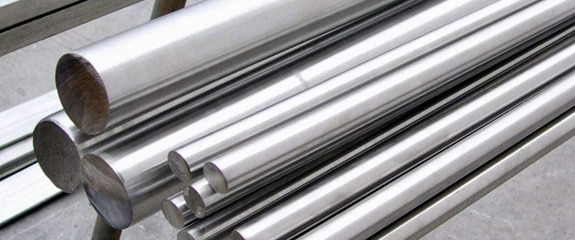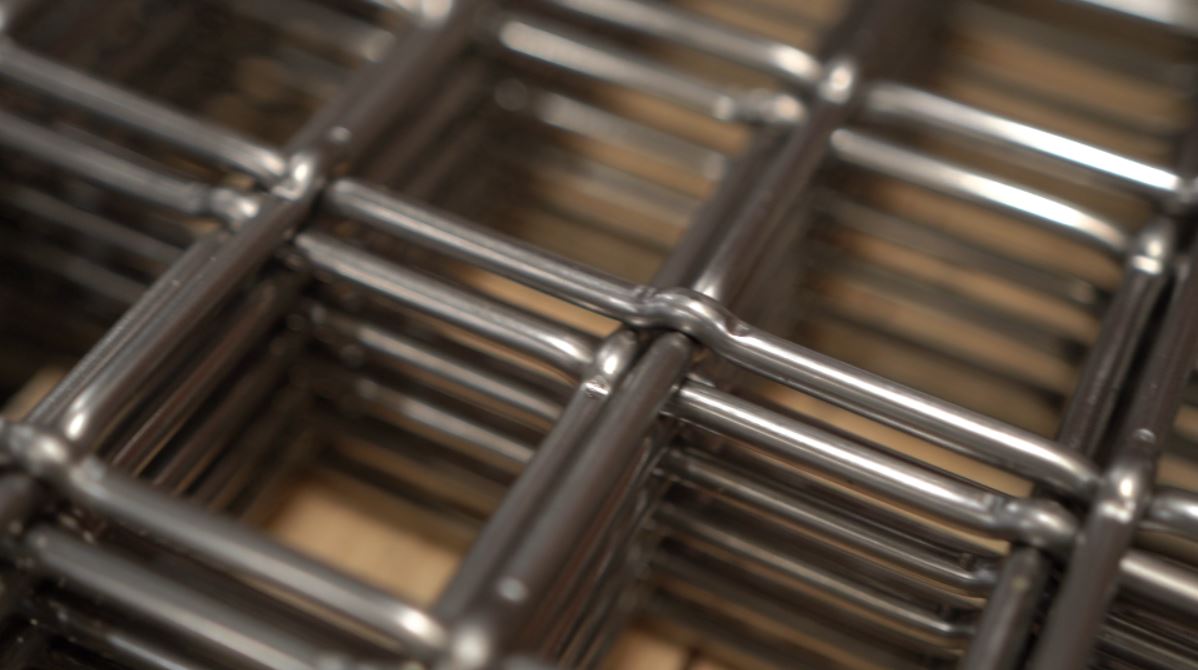Duplex vs Super Duplex: What Wire Mesh Should I Use?
Woven wire mesh is a versatile material with the ability to perform in a wide array of filtration and screening applications. It is specifically known for its durability and, more importantly, its customization.
Of all the different parameters of a wire mesh solution that can be altered, the alloy is one of the most important as it controls how often you will need to replace your mesh. While stainless steel is the prominent alloy used in the wire mesh industry, other alloys, such as duplex and super duplex, are gaining popularity for special applications.
That said, how do the two-wire mesh alloys compare, and which makes more sense for you.
W.S. Tyler entered the wire mesh industry in 1872 with the mindset of helping customers accomplish valuable and profitable results. This is why we wrote the following article to highlight the differences between duplex and super duplex, giving you a better idea of what you should use.
You will learn:
- What duplex means to the world of wire mesh
- The benefits of duplex wire mesh
- What super duplex means to the world of wire mesh
- The benefits of super duplex wire mesh
- Which of the two you should use
What Is Duplex?

Duplex is a wire mesh alloy that falls within the stainless steel family. On a chemical level, it is considered a two-phase alloy that features equal parts austenite and ferrite.
To that end, duplex also contains carbon, manganese, nickel, phosphorus, silicon, chromium, and sulfur. Addition elements can also be added manually when the alloy is in a molten state to enhance the quality of your duplex wire mesh.
Why Use Duplex Wire Mesh?
When compared to austenitic stainless steels, such as 316 stainless steel, duplex offers better corrosion resistance. More specifically, it performs better in applications where pitting corrosion is a concern.
What Is Super Duplex?
Super duplex is best defined as a wire mesh alloy with a mixed microstructure that includes austenite and ferrite. The biggest factor that separates super duplex from duplex is that super duplex has an increased presence of molybdenum and chromium.
Why Use Super Duplex?
Super duplex offers much higher resistance to pitting corrosion and stress corrosion. This helps to protect the integrity of the wires during harsher applications.
In addition to its excellent resistance to corrosive elements, super duplex is known for having substantial tensile strength. This makes super duplex ideal for high-impact situations in which your wire mesh is subjected to increased stress or pressure.
Which Should I Use: Duplex or Super Duplex?
First and foremost, stainless steel is one of the most widely used alloys used to weave wire mesh. It offers a level of performance and cost-effectiveness that can be applied to a vast list of applications.
For this reason, alloys such as Hastelloy, duplex, and super duplex are typically reserved for specialty applications as they are more expensive.
Now, when comparing duplex to super suplex, you will find many similarities. Both offer better corrosion resistance than standard austenitic stainless steel alloys, such as 304 and 316.
The driving factor that will help you distinguish which of the two makes sense for you is that super duplex offers all the same benefits as duplex in a more robust, corrosive resistant, and enhanced form.
So if you are simply attempting to implement a wire mesh that offers more resistance to pitting corrosion than standard stainless steel mesh, then duplex will get the job done. But super duplex should be considered if you are using wire mesh in intense applications that require the best possible strength performance, such as sand control mesh screens in the oil and gas industry.
Making the Most Out of Your Mesh
Both duplex and super duplex are specialty wire mesh alloys that fall within the stainless steel family. They offer identical qualities when subjected to corrosive applications, ensuring your mesh isn't hindered by pitting effects.
That said, the only true difference between the two is that super duplex offers the qualities of a standard duplex in an enhanced package.
But just because you work with corrosive materials doesn't necessarily mean duplex or super duplex is the answer. You must get to know the qualities of the other wire mesh alloys available to truly understand which alloy makes the most sense.
With over 140 years of experience, W.S. Tyler has the know-how to partner with you and become your organization's wire mesh division. This will help you develop solutions that bring value that you can then transfer to your customers through quality products.
Discover the various alloys that can be used to weave your next wire mesh solution and evolve your process by reading the following article:
About Ronnie Brown
Ronnie is the Content Writer for W.S. Tyler and has four years of experience as a professional writer. He strives to expand his knowledge on all things particle analysis and woven wire mesh to leverage his exceptional writing and graphic design skills, creating a one-of-a-kind experience for customers.



